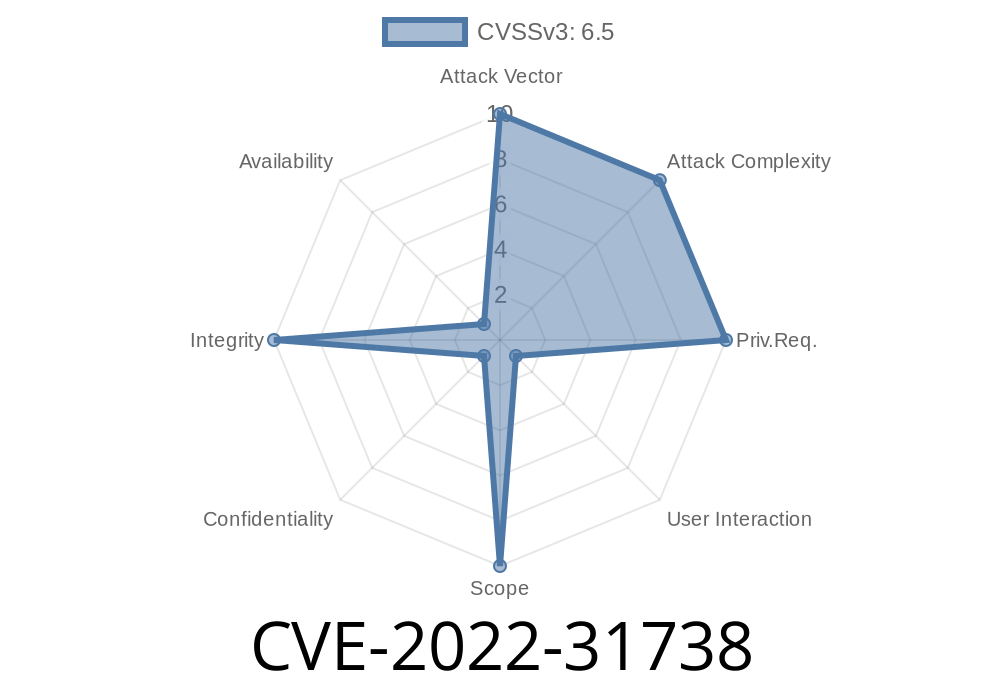In this extensive post, we will delve into a recently discovered vulnerability titled as CVE-2022-31738 that affects Mozilla's Thunderbird < 91.10, Firefox < 101, and Firefox ESR < 91.10. This security flaw is associated with fullscreen mode, particularly when an iframe could mislead the browser about the current state of fullscreen, potentially causing user confusion or even spoofing attacks.
We will discuss the core details of this exploit, provide you with code snippets for better understanding, and direct you to the original references. So, let's get started!
The Vulnerability: CVE-2022-31738
CVE-2022-31738 is a security flaw revolving around an iframe's behavior while exiting fullscreen mode. The vulnerability stems from the browser being tricked by the iframe into thinking it is still in fullscreen, opening the door for potential user confusion or spoofing attacks.
An attacker can exploit this vulnerability and use it to create user interfaces that resemble legitimate website GUIs, facilitating phishing scams or tricking users into divulging sensitive information.
Code Snippet Illustrating the Issue
The following code snippet demonstrates how an iframe can cause confusion about the current state of fullscreen:
<!DOCTYPE html>
<html>
<head>
<style>
iframe {
border: none;
width: 100%;
height: 100%;
}
</style>
</head>
<body>
<iframe src="https://example.com"; allow="fullscreen"></iframe>
<script>
document.addEventListener("fullscreenchange", () => {
if (document.fullscreenElement) {
console.log("Entered fullscreen mode");
} else {
console.log("Exited fullscreen mode");
}
});
</script>
</body>
</html>
In the code above, an iframe is loaded with a page from "example.com" and granted the ability to enter fullscreen mode. However, there is no way for the parent document to ensure that the fullscreen exit process is properly handled, as the iframe content could confuse the browser about the current fullscreen status.
Firefox ESR < 91.10
It is highly recommended that users of the affected software update to the latest versions as soon as possible to protect against this vulnerability.
Mitigation and Best Practices
Developers and web administrators can take some measures to mitigate the risks posed by CVE-2022-31738:
1. Restrict the use of iframes and the allowfullscreen attribute on untrusted or unnecessary websites.
2. Use Content Security Policy (CSP) to control which sources are allowed to create iframes within your websites.
For in-depth information about CVE-2022-31738, you can refer to the sources below
1. Mozilla Security Advisory: CVE-2022-31738
2. NVD Vulnerability Database: CVE-2022-31738
3. Mozilla Developer Network (MDN) Web Docs: Fullscreen API
Conclusion
CVE-2022-31738 is a significant security vulnerability that can lead to user confusion or even spoofing attacks. With this post, we hope you now have a better understanding of the exploit and the steps you can take to protect your applications and websites. Keep your software up-to-date and stay vigilant to ensure that your users have a secure browsing experience.
Timeline
Published on: 12/22/2022 20:15:00 UTC
Last modified on: 01/03/2023 21:39:00 UTC
